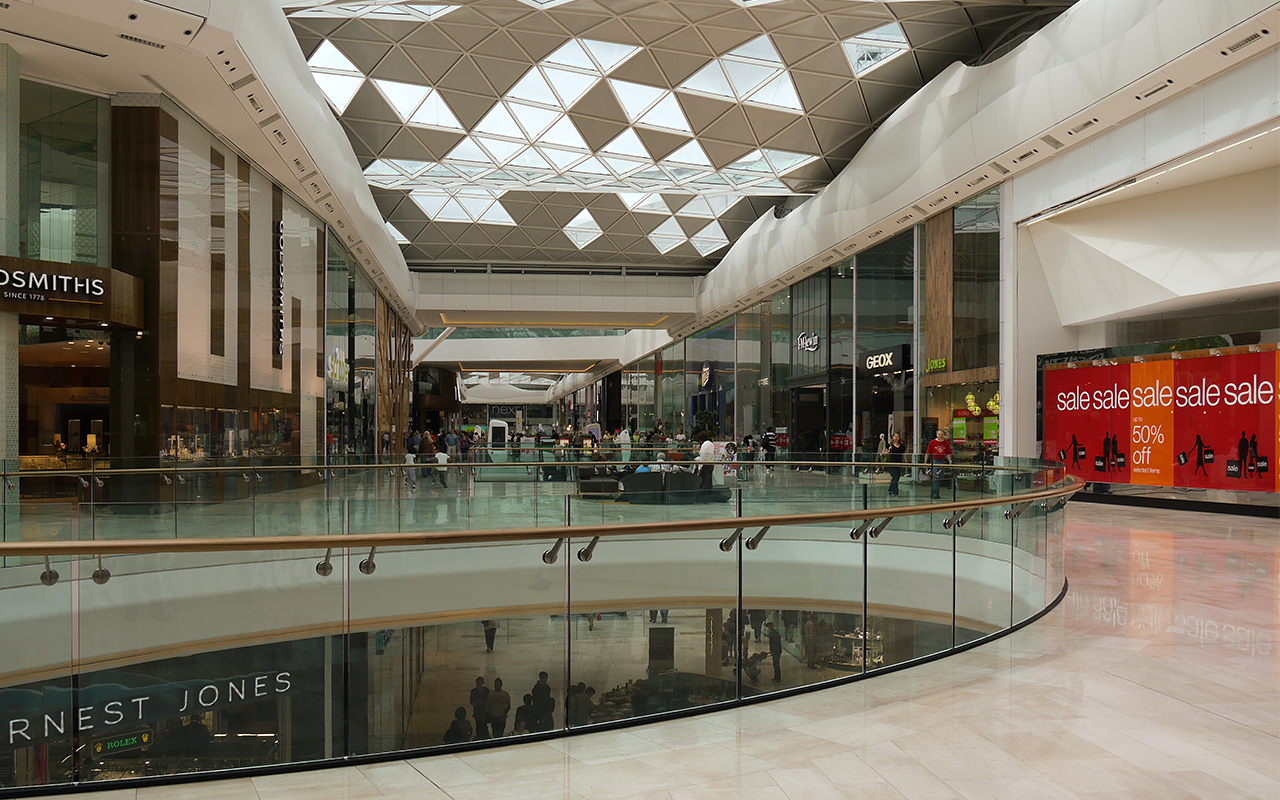The concept of a shopping mall with large department stores originated in the United States and aimed at creating a community-based environment for shopping and leisure. Families and friends would visit malls to enjoy the scenery and products offered by the various brands that occupy the spaces.
A mall would attract customers if it was built with beautiful architecture and strategically placed to allow easy access by the communities surrounding it. As a result, many malls of various shapes, designs, and sizes have sprouted up in various urban areas.
Shopping malls in Kenya have been growing over the years in different urban areas, cropping up in different sizes categorized into three classes:
- Destination malls: these are large malls with Gross Lettable Area (GLA) of 400,000-800,000 square feet and characteristically have two or more anchor tenants.
- Community centers: these are the second largest mall types occupying spaces of between 125,001-400,000 square feet and characteristically have zero to two anchor tenants.
- Neighborhood centers: these have minimum mall space with a GLA of 20,000 square feet and characteristically having a maximum of one or even no anchor tenants.
Retail market has been the major customer for malls in Kenya for rental income with a number of retail stores, restaurants and movie theatres in almost all the malls. According to a Cytonn report, in 2020 retail sector growth declined to 6.7% from previous 7.0% and 8.6% in 2019 and 2018 respectively.
The constant decline has affected mall rental income with low uptake for spaces, a situation worsened by COVID 19 pandemic among other challenges that include:
- Growing focus on e-commerce and internet subscription rate which grew by 8.6% in 2020 according to Economic Survey 2020 by Kenya National Bureau of Statistics. This has resulted in a reduced demand of physical retail space with 2020 posting an average occupancy decline by 0.7% year on year from 77.3% in 2019 to 76.6% according to Cytonn – Kenya Retail Sector Report 2020.
- Constrained spending power among customers due to a hard hit economic environment occasioned by covid19 pandemic.
- Retail fold – collapse and exit of major retail stores such as Nakumatt, Tuskys, Shoprite and Deacons due to financial difficulties.
- High costs required to open new outlets as well as constrained access to credit by businesses for working capital and expansion due to their high risk profile.
- Reluctance by tenants to open outlets in new premises where the customer traffic is not assured.
According to the Kenya Retail Sector report 2020, reducing rental rates in a bid to attract tenants amid a tough economic environment saw rental rates in the sector decline by 2.1% to an average of KES 115.1 per square foot in 2020.
Major anchor tenants have cut back on operations, a move occasioned by a drop in the number of shoppers trafficking to the malls. Banks are also taking up smaller spaces as most banks have online and mobile banking services for their customers.
The number of shopping malls in Kenya has been increasing rapidly, resulting in an oversupply of retail spaces. This has put a lot of pressure on landlords to provide concessions for between 6-8 months and other incentives to attract new customers and/or maintain existing tenants.
The pandemic has definitely worsened the economics of shopping malls by reducing customer purchasing power, enforced restrictive rules on social distancing, reduced activity in restaurants, and closure of entertainment establishments and bars. Because of this, all of these customers have turned to online merchants. Tenants are also falling behind on rent payments in the millions of shillings, while others are declaring bankruptcy and seeking rent restructuring and renegotiation.
For instance, in 2020, Waterfront mall in Karen, Nairobi, took Shoprite to court demanding to be paid KES 527 million for the 10-year lease period after the retail store terminated their contract before the lease period ended. Most of these malls are built using bank loans and with all these challenges facing landlords, there is a high risk of default.
Shopping malls will have to review their current business model, which has proven to be ineffective, and adapt to new markets. Investors in shopping malls in Kenya need to repurpose their investment strategies in order to attract a new healthy mix of tenants by implementing new space usage on a case-by-case basis based on the needs and desires of the community. This will be an added value proposition to both customers and retailers. Consideration should be made for the introduction of essential service businesses such as healthcare with a medical block, schools, churches, and apartments. Other non-essential but critical and current trends include art galleries, SPAs, Fitness clubs, commercial office buildings, self-storage, and warehouses as fulfilment centers for online marketplaces.
In the long run, malls will never be able to compete with online limitless product selection, price comparisons, and always-on nature. They shouldn’t even try. Instead, malls must pivot away from commoditized shopping experiences and toward a broader value proposition for consumers. Innovative malls are deliberately reconsidering the types of stores that consumers would respond to when it comes to tenant mix. Anchor tenants that generate traffic are still important, but there is a shift toward a curated mix of smaller retailers that lend a feeling of freshness to the mall’s offering. In addition, some malls are making greater use of temporary, adaptable areas that can accommodate different stores over time. Customers are drawn to pop-up stores, showroom spaces, and kiosks because they are unexpected and provide them an incentive to treasure hunt.
If these new trends are widely adopted, malls will be able to diversify their customer portfolios while maintaining consistent cash flows and occupancy rates.
Author: Victor Otieno


